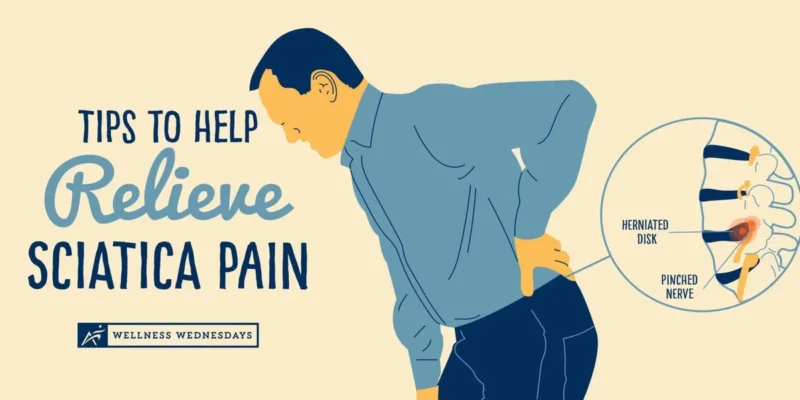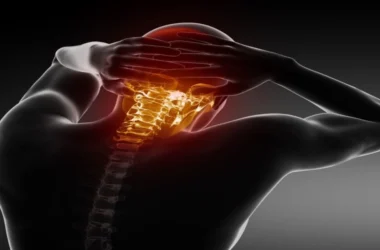[ez-toc]
Introduction
Sciatica pain can be a debilitating condition that affects the lower back, hips, buttocks, and legs. It occurs due to compression or irritation of the sciatic nerve, often resulting from a herniated disc, spinal stenosis, or muscle imbalances.
Finding effective ways to alleviate sciatica pain and improve mobility is crucial for restoring comfort and quality of life.
In this article, we will explore a series of exercises that can help relieve sciatica pain, reduce inflammation, and improve overall mobility.
By incorporating these exercises into your routine, you can take proactive steps towards finding relief and regaining optimal comfort.
Understanding Sciatica Pain
Sciatica pain is characterized by a sharp, shooting pain that radiates along the path of the sciatic nerve. It can be accompanied by numbness, tingling, and muscle weakness in the affected leg.
Understanding the underlying causes and triggers of sciatica pain is essential for implementing appropriate exercises and treatments.
Benefits of Exercise for Sciatica Pain Relief
Exercise offers several benefits for managing and alleviating sciatica pain. It helps improve blood circulation, reduce inflammation, strengthen the core muscles that support the spine, and enhance flexibility.
Additionally, exercises promote proper posture and body mechanics, reducing strain on the lower back and relieving pressure on the sciatic nerve.
Stretching Exercises for Sciatic Nerve Relief
Stretching exercises can help alleviate sciatic nerve pain by releasing tension and reducing pressure on the nerve.
Here are a few stretching exercises you can incorporate into your routine:
Piriformis Stretch
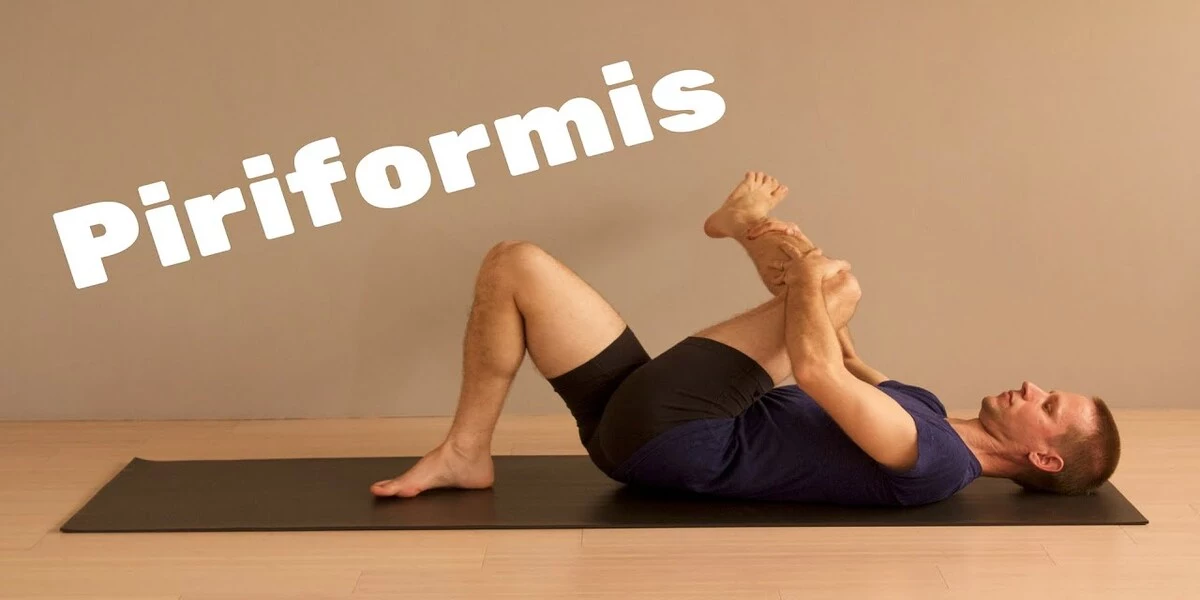
To perform this stretch:
- Lie on your back with your knees bent.
- Cross the affected leg over the opposite knee, creating a figure-four shape.
- Use your hands to gently pull the crossed leg towards your chest until you feel a stretch in your buttocks.
- Hold the stretch for 20-30 seconds and repeat on the other side.
Hamstring Stretch
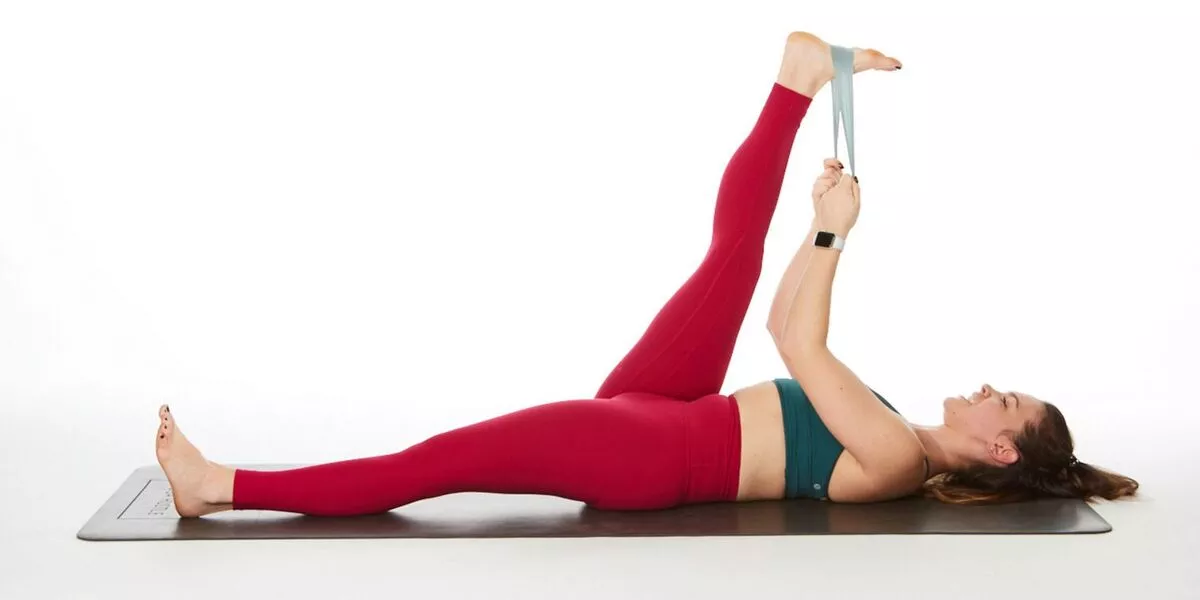
To perform this stretch:
- Sit on the edge of a chair with one leg extended in front of you.
- Keeping your back straight, hinge forward at the hips, reaching towards your toes.
- Feel the stretch in the back of your thigh.
- Hold the stretch for 20-30 seconds and repeat on the other side.
Strengthening Exercises for Core Stability
Strengthening the core muscles helps support the spine and alleviates pressure on the sciatic nerve.
Here are a few exercises to consider:
Bird Dog
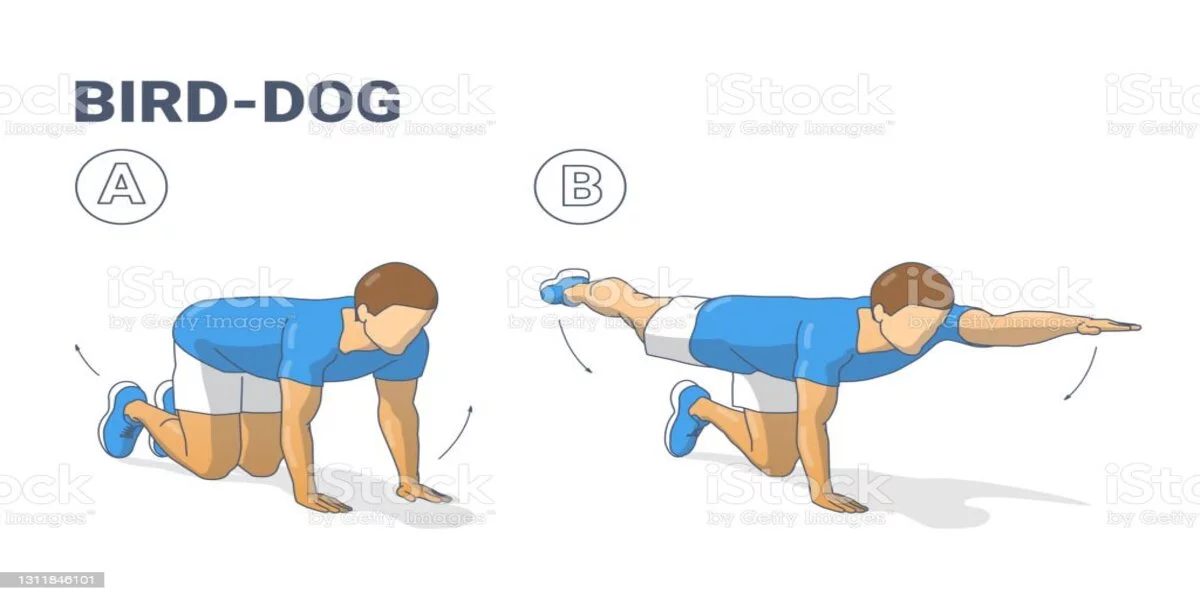
To perform this exercise:
- Start on your hands and knees, with your hands directly under your shoulders and your knees under your hips.
- Simultaneously extend one arm forward and the opposite leg backward while maintaining a stable core.
- Hold for a few seconds, then return to the starting position.
- Repeat with the opposite arm and leg.
- Perform 10-15 repetitions on each side.
Bridge
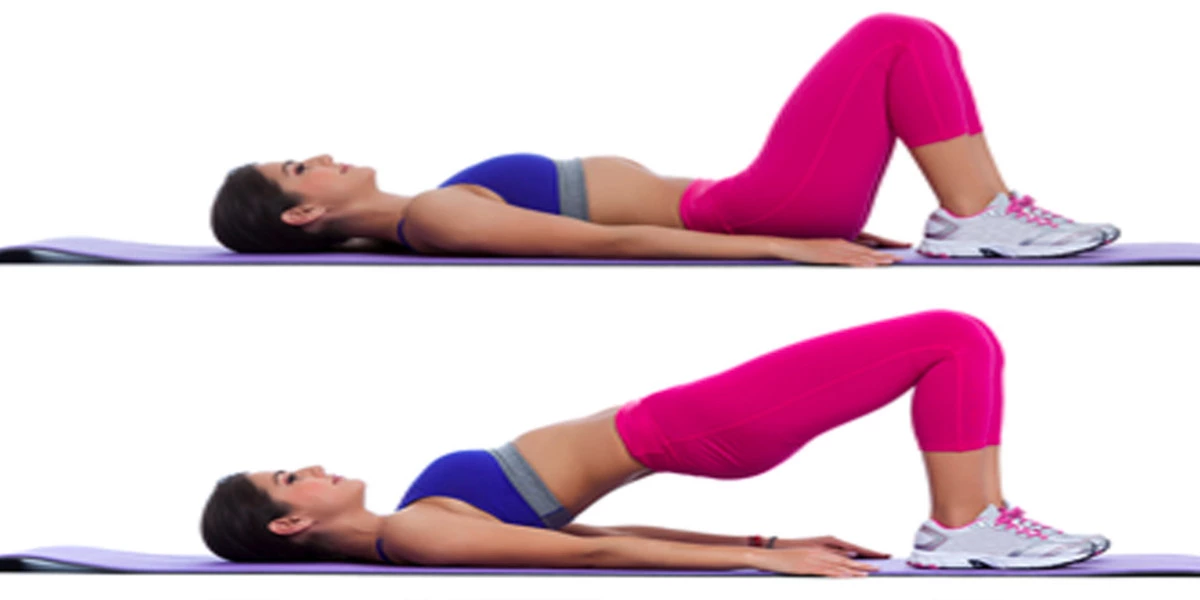
To perform this exercise:
- Lie on your back with your knees bent and your feet flat on the ground.
- Engage your core and glutes, then lift your hips off the ground until your body forms a straight line from your shoulders to your knees.
- Hold the position for a few seconds, then lower your hips back down.
- Repeat for 10-15 repetitions.
Low-Impact Cardiovascular Exercises
Low-impact cardiovascular exercises can help improve overall fitness, increase blood flow, and reduce inflammation associated with sciatica pain. Consider the following exercises:
- Walking: Take regular walks at a comfortable pace to promote blood circulation and overall well-being.
- Swimming: Engage in swimming or water aerobics, as the buoyancy of water reduces stress on the spine and joints.
- Cycling: Ride a stationary bike or engage in outdoor cycling, focusing on maintaining proper posture and avoiding excessive strain on the lower back.
Proper Body Mechanics and Posture
Practicing proper body mechanics and maintaining good posture is crucial for preventing further strain and reducing sciatica pain.
Also Read: Stretches for Desk Workers: Easing Back, Neck, and Shoulder Pain
Consider the following tips:
- Lift objects using your legs instead of your back.
- Maintain a neutral spine when sitting or standing, avoiding slouching or excessive curvature of the lower back.
- Use ergonomic furniture and support, such as a lumbar roll, to maintain proper alignment.
Heat and Cold Therapy for Pain Relief
Heat and cold therapy can provide temporary relief from sciatica pain. Applying a heating pad or warm towel to the affected area can help relax muscles and increase blood flow.
Cold therapy, such as ice packs or cold compresses, can reduce inflammation and numb the area. Use these therapies for 15-20 minutes at a time, with a break in between.
Lifestyle Modifications for Sciatica Pain Management
Certain lifestyle modifications can aid in managing sciatica pain effectively.
Consider the following:
- Maintain a healthy weight to reduce stress on the lower back and sciatic nerve.
- Avoid sitting or standing for prolonged periods, taking breaks to stretch and change positions.
- Practice stress management techniques, such as meditation or deep breathing exercises, to reduce tension and promote relaxation.
Conclusion
Alleviating sciatica pain requires a comprehensive approach that includes stretching exercises, core strengthening, low-impact cardiovascular activities, proper body mechanics, and lifestyle modifications.
By incorporating these exercises and techniques into your routine, you can promote improved mobility, reduce inflammation, and find relief from sciatica pain.
Remember to listen to your body, start slowly, and consult with a healthcare professional for personalized guidance. With consistency and proper care, you can regain comfort and mobility in your daily life.



